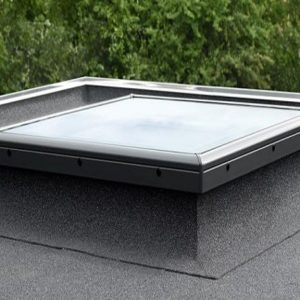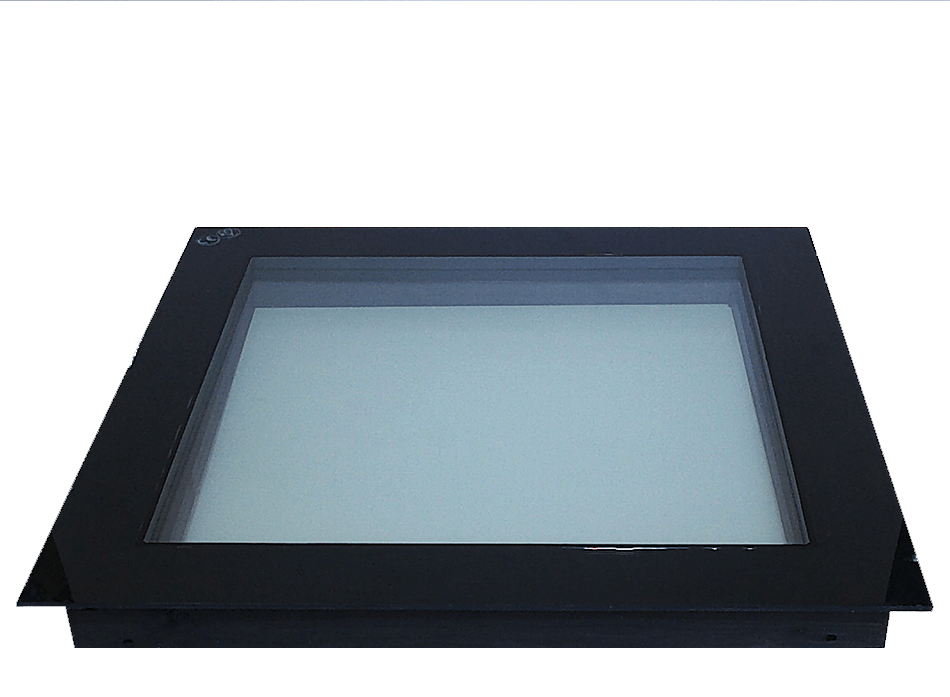Thermal Performance Of Rooflights Supplies: All You Should Know
Posted 18 December 2018 By :Panoroof

Professional builders and constructors know how important it is to have an idea of material specifications early during the construction process for avoiding any on-spot shocks. This is, especially, true with rooflights and roof windows which determine the health of a building. Therefore, it’s always recommended to consider the U-values of your skylight and rooflights supplies.
Roof glazing units come in different sizes, framing areas, and the thermal performance of the composition materials. It is due to this difference that you must look into the specification area of the actual product to see which U-value it offers.
Sadly, there exists a lot of uncertainty and misunderstanding in U-value specifications of rooflights. While specifying performance, there might seem confusion about a centre pane value and a whole-unit value. Usually, manufacturers are unclear about what exactly they are quoting and this leads customers to wrong purchase.
For most ordinary projects of skylight supplies, a whole-unit value rather than centre pane value must be taken into consideration. For those not aware of the meaning of centre pane value of rooflights supplies, we have discussed below the meaning and related issues with the term.
Centre Pane U-Value Of Rooflights Supplies
Centre pane U-values refer only to the thermal performance of the glass used in a rooflight unit. The reason why they seem lower is that while specifying U-values of their skylight supplies, manufacturers do not account for the cold bridging effect of the edge seal and spacer. This makes centre pane values a good comparison tool while comparing two or more types of glass.
Centre pane values are helpful in conservation projects as these projects lay importance on the thermal performance. This helps the project comply with required regulations. Traditional frames do not help in any useful thermal performance but the glass fits perfectly to the need.
For other types of projects, the whole unit U-value is considered which includes both frame and glass. However, most rooflight supplies manufacturers find it better to quote the centre pane U-value.
Why Relying On Centre Pane Values Can Be Risky?
Sometimes, U-values mislead specifiers when they are trying to compare two similar glazing units in different ways. They mistake a centre pane value as a better performing element.
This proves to be a drawback in the context of some specific building regulations. In such projects, it becomes necessary for providers of rooflights supplies to explain the performance claims of these glazing units. Hence, they need to be comprehensive in their approach.
How Much Important The Thickness Of A Rooflight Frame Is?
A glazing unit’s thermal performance matters a lot on the frame and glass ratio of the product. As per the current trend, manufacturers use more glass and less framing in the making of their skylight supplies. This is, however, done on one condition that the frame must have such design and technology features as to deliver low-U-values. This is important to assess each glazing unit according to its specific merit and make improvements in the performance of each of the rooflights supplies.
Looking at face value, it is, generally, a good idea to prefer a single large roof window to two smaller windows. This helps relatively more in heat loss as less framing and more glass is used in this.
On the other hand, the compromise of more framing is approved if the purpose is to increase more natural light and decrease the use of manmade lighting. For the purpose of higher illumination of a living place, providers of rooflights supplies install more small glazing units in different parts of the roof.
For the construction of frames, manufacturers use plastics, timber, steel, aluminum, or a mix of all. It entirely depends upon the structural performance, aesthetic requirements, and thermal performance needs which material is to be used.
In order to have the full confidence of a design, it is important to hire a manufacturer of rooflights supplies that knows about accurately designing a model as per performance requirements and other needs.




